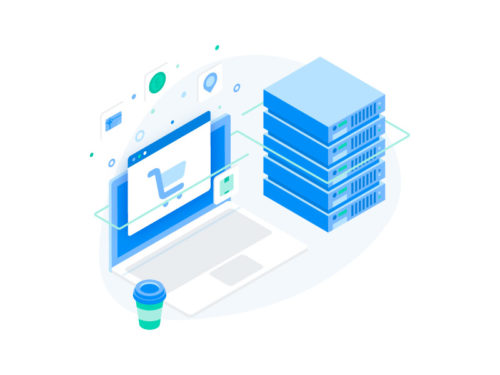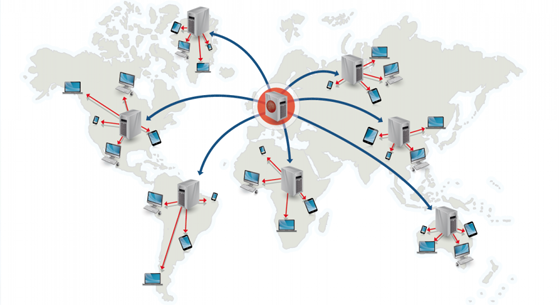Website speed and performance have become more important than ever. Users’ expectations about this issue increased, as well as patience decreased. If a website is loading very slowly, users are immediately switching to another site instead of waiting for a few seconds. Even if they don’t, there is nothing more than a slow site, which makes the user nervous, disappointing, and in the middle of shopping to leave the site.
Google is clearly expressing that the upload speed will affect the website’s position on the search engine results pages. For this reason, it is very important to show that you care about web site speed to make Google happy for users.
Below are the 5 most effective information to increase the speed of the website.
1- Have a Good Web Hosting Plan

Everything starts with choosing a good web hosting plan with the right hosting company. You should have found a reliable web hosting company with robust and reliable hardware to host your website before it comes to speed. It doesn’t matter how fast your site is unless it’s reliable. Visitors leave your site immediately and never return.
Going back to website speed enhancement, many hosting companies offer many hosting plans from cost-effective shared hosting plans to virtual, private, and cloud servers. The price increases as you move to different types of hosting, but as the price increases, the number of resources allocated to your website also increases. If your website is new, it may be a good choice to start with a shared hosting plan, but in this case, you should always keep track of your traffic volume and resource usage so that your visitors can switch to a better hosting plan before you realize your website is slowing down.
2- Perform Caching
Simply put, caching is a technical term used to store data in a temporary memory space. This application improves the site’s performance because most of the page content is already available in this case and it does not need to be specifically called and processed to be displayed by the user. It also reduces the load on various system resources on the server.
If your site is not a WordPress site, enabling caching is a complex process and is the subject of another article. Nevertheless, it is always helpful to talk to your hosting provider for caching, because there will be a number of recommendations that your hosting provider usually uses depending on their optimizations.
3- Use a Content Delivery Network

The second most effective way to increase website speed is to use a content distribution network. Content distribution networks include CSS, JavaScript, images, documents, videos, etc. is a worldwide network of servers that allows you to copy and store the static elements/files of your site. These elements are then sent over a server closer to the location of the visitors. For example, if your website is being hosted on a server in Turkey, the world’s content to people who want to enter your site from other locations you are forced to wait a relatively long time to reach the browser. If a content distribution network is used, this time is significantly reduced, because the static content is distributed over a server that is much closer to those people.
4- Optimize Your Images

As users now expect to see better quality visuals on their websites, the visual dimension has become one of the issues to consider when it comes to website speed. With the help of graphics editing tools or add-ons, it is now possible to reduce the size of the images without reducing the quality.
The important points to keep in mind are:
– Use JPEG format wherever possible. PNG is also good. Avoid using BMP and TIFF formats.
– Trim your images, remove unnecessary elements and reduce the size of the image.
– Play with the size of your images. If your web page is 600 pixels wide, there is no point in placing a 2000 pixel visual.
5- Minimize HTML, JavaScript and CSS
Nowadays, websites are becoming increasingly dependent on Css and JavaScript, so reducing the size of these text files is crucial. The easiest way to do this is to shrink these files, ie to discard comments, excess spaces, excess line breaks, and block code delimiters to reduce code size and reduce the amount of data that needs to be transferred. If these are done, the loading speed of the pages will increase.
There are some WordPress plugins that will automatically shrink your codes for you. WP Super Minify and Better WordPress Minify are two of them. If you want to do this manually yourself, the reduction tools in Closure Compiler or Dan’s Tools may work. Note that many content distribution networks and caching tools also support shrink.
Test
There are many other things that can be done for website speed optimization, but we’ve talked about the 5 most clear effects here. For those who want to learn more about this, 3 performance analysis sites can be recommended. These tools, after a series of tests on your site to detect performance problems and tell you what you need to do.
Each of these sites conducts different tests and shows the results in different ways. Let us say that they are all very clear and their recommendations are very clear.
– Pingdom
– GTMetrix

